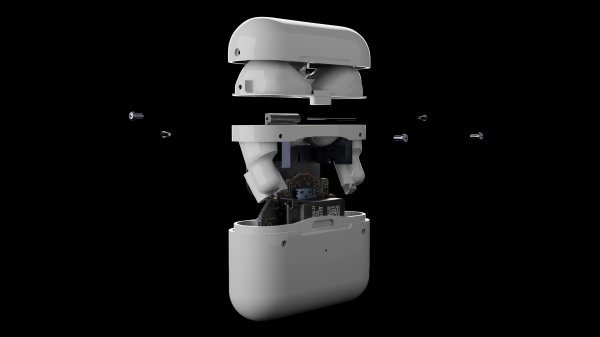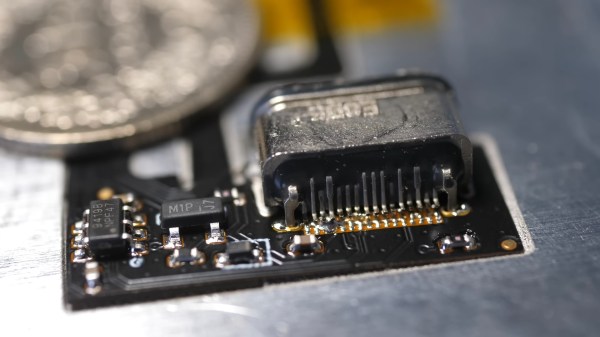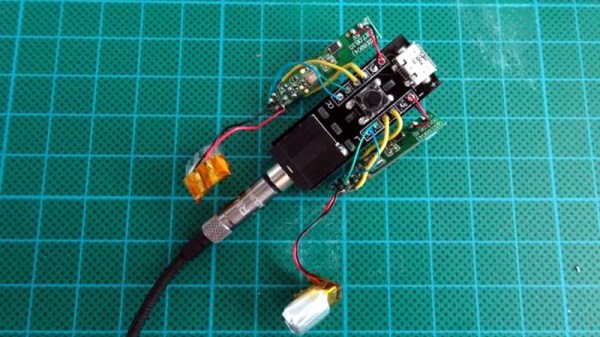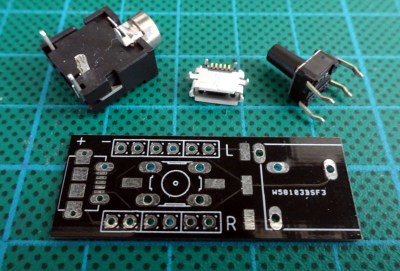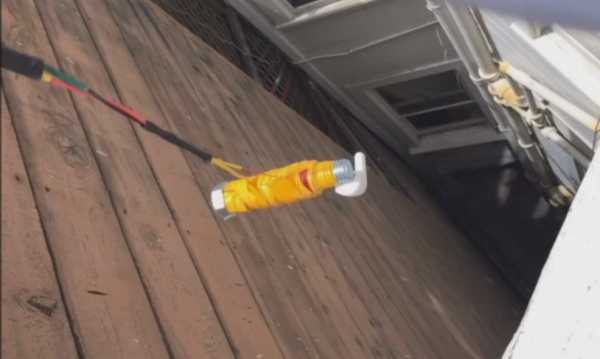When Apple recently announced the hearing aid feature on their new AirPods Pro 2, it got the attention of quite a few people. Among these were [Rithwik Jayasimha] and friends, with [Rithwik] getting a pair together with his dad for use by his hard-of-hearing grandmother. That’s when he found out that this feature is effectively limited to the US and a small number of other countries due them being ‘regulated health features’, per Apple. With India not being on the approved countries list and with no interest in official approval legalities, [Rithwik] set to work to devise a way to bypass this restriction.
As noted in the blog post, the primary reason for using AirPods here instead of official hearing aids is due to the cost of the latter, which makes them a steal for anyone who is dealing with mild to moderate hearing loss. Following the official Hearing Aid feature setup instructions requires that your location is detected as being in an approved country. If it is, the Health App (on iOS 18.1) will popup a ‘Get Started’ screen. The challenge was thus to make the iOS device believe that it was actually in the FDA-blessed US and not India.
Merely spoofing the location and locale didn’t work, so the next step was to put the iOS device into a Faraday cage along with an ESP32 that broadcast California-based WiFi SSIDs. Once the thus treated iPad rebooted into the US, it could be used to enable the hearing aid feature. Next [Rithwik] and friends created a more streamlined setup and procedure to make it possible for others to replicate this feat.
As also noted in the blog post, the Hearing Aid feature is essentially a specially tuned Transparency mode preset, which is why using AirPods for this feature has been a thing for a while, but with this preset it’s much better tuned for cases of hearing loss.




